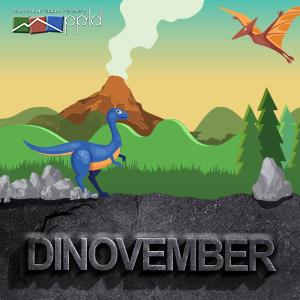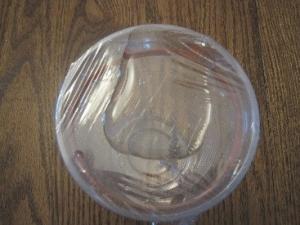
Celebrate dinosaurs this DINOvember with PPLD! Check out a Dinosaur Storytime and be on the lookout for dinosaurs in your Library! Find the dinosaur at your Library and go to the desk for a prize!
DINO Programs
Dinosaur Resource Center
- When: Sat., Nov. 20 from 11 a.m. - noon
- When: Sat., Nov. 20 from 1 - 2 p.m.
- Where: Library 21c Venue
Celebrate DINOvember with Pikes Peak Library District by attending the Dinosaur Resource Center program for kids ages 3 - 12! Come and learn about these amazing creatures that roamed the earth thousands of years ago.
- When: Fri., Nov. 12 from 10 a.m. - 5 p.m.
- Where: All Library Locations
Make a habitat for a tiny dinosaur and decorate it with all kinds of fun supplies! Name your little dino and make sure to read it your favorite stories! For ages 5 - 12, while supplies last.
Virtual Puppet Show: Dinosaurs!
- When: Mon., Nov. 1 - Thu., Dec. 30
- Where: Virtual
ROAR! Do you want to be a dinosaur? Go back in time and discover the pre-historic steps of the gentle giants, primeval predators and leaping lizards that once stalked the earth. Fascinating dino-facts are revealed as erupting volcanoes, catchy tunes, and life-like puppets make this colossal creation come to life! Presented by the Center for Puppetry Arts. Duration 45 min.
DINOsources
September highlights suicide prevention. The booklist link below has good resources for parents and children.
See also: https://nationaltoday.com/world-suicide-prevention-day/
Take and Makes for this project will be available at area PPLD libraries beginning Friday, Sept. 3, 2021.
Supplies and Directions:
Materials we provide: Plastic cup, plastic sandwich bag, rubber band
Materials you provide: scissors, water, interesting specimens to observe
Directions (see pdf link below for additional step-by-step photos):
- Cut a hole in the side of the cup along the bottom. This doesn’t need to be neat. It’s designed as an access point for you to get specimens into the bottom of your cup.
- Stretch one layer of the plastic bag over the top of the cup and secure it with a rubber band.
- Find a specimen and put it in your cup through the hole. (A specimen is an insect, leaf, flower, etc.)
- Pour a small amount of water onto the plastic wrap. You want it to be a small pool.
- Look through the water at your specimen. The water has created a lens and magnifies your specimen.
- Repeat with other specimens.
How it works: A microscope uses mirrors and lenses to bend light so that an image appears larger than it is. In our microscope, the water creates a convex lens. It bends the light that passes through it and makes the specimen appear to be bigger.



 Ruth Holley Library will be temporarily closed for approximately one week starting Mon., Dec. 2 to complete roof repairs.
Ruth Holley Library will be temporarily closed for approximately one week starting Mon., Dec. 2 to complete roof repairs.
